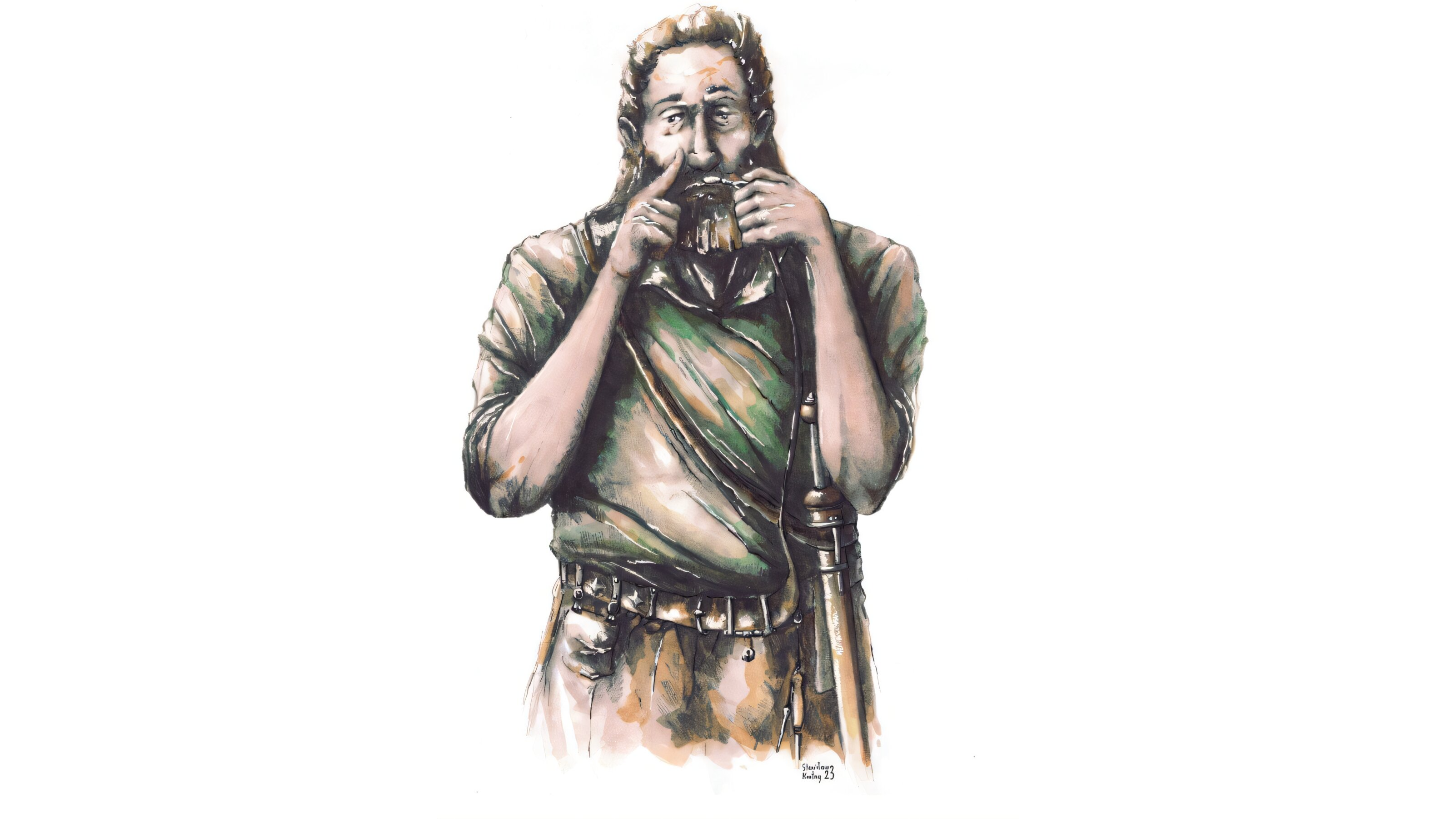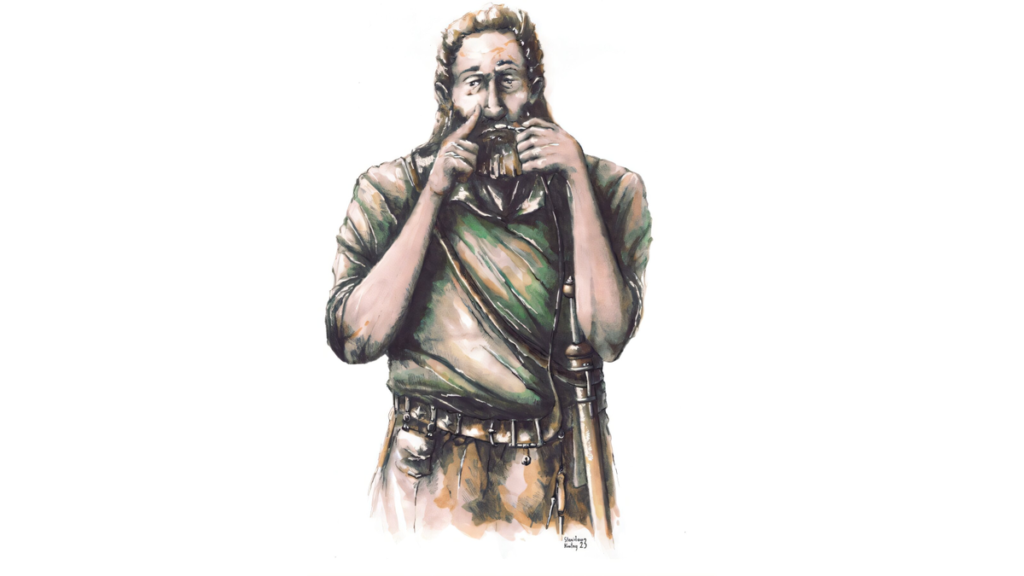
Small, spoon-like objects found on ancient belts may have been used as drug-dosing equipment for battle-ready soldiers during the Roman era, a new study claims. But according to one expert, the multiple leaps of logic may send this hypothesis up in smoke.
In a study published Nov. 26 in the journal Praehistorische Zeitschrift (“Prehistoric Journal”), researchers studied 241 spoon-shaped belt accessories from northern Europe and southern Scandinavia that date to the Roman period. They suggested that Germanic tribes may have used the objects to dose drugs.
The metal objects range in size, but they are generally about 2.4 inches (6 centimeters) long, with a bowl diameter of about 0.7 inch (1.7 cm). Most of them were discovered in the graves of men, along with weapons.
“For some archaeologists dealing with the era, these spoons were supposed to be a cosmetic instrument for ear hygiene,” study co-author Andrzej Kokowski, director of the Institute of Archaeology at Maria Curie-Skłodowska University in Lublin, Poland, told Live Science in an email. But the diameter of the objects is too large for this, so “The question arose — what else could they be used for?” he said.
Given the association between the spoon-like objects and graves of men with weapons, Kokowski said the team “came to the conclusion that warriors fighting stress needed stimulants.” However, there is scant literary or botanical evidence to suggest what drugs Germanic people might have smoked or ingested, they noted in their study.
Related: Romans kept poisonous, narcotic seeds concealed in bone vials, new discovery reveals
Kokowski and colleagues investigated which drugs were available to Germanic tribes in Roman times, identifying poppy, hops, hemp, henbane, belladonna and several fungi. But they concluded that the most likely “emotional booster” was ergot — a plant disease caused by a fungus (Claviceps purpurea) that contaminates the rye plant and can have hallucinogenic effects on humans.
Drying the botanical material would help it last longer, and the spoon-like belt accessory — hanging from a strap that could help raise it to the warrior’s face — could be used to scoop and ingest the drug. The size of the bowl may also have measured the safest amount of the substance, the researchers wrote in their study. However, the team did not do a chemical analysis to test the utensils for drugs.
Given these assumptions, Kokowski and colleagues suggest that these small utensils were a key part of a warrior’s kit, used when they faced stress or needed to exert themselves in fighting.
“Their conclusions are plausible,” Winston Black, a historian of medicine at St. Francis Xavier University in Nova Scotia who was not involved in the study, told Live Science in an email. “But they take multiple leaps of logic to get there.”
Traces of most of the botanical remains that the researchers mention have been found in Roman-era Europe, Black said, but there is limited historical writing about substances used for medicine or other purposes among the Germanic tribes and no evidence that these people used these drugs.
Black also questioned the researchers’ assumption that the plants could be used as stimulants. “Most or all of them were used in the ancient and medieval periods as painkillers and literal narcotics to put the patient to sleep,” he said, “not to prepare them for battle.”
And while Black agreed that ergot could have been an “emotional booster,” he pointed out the gulf between ergotism and hallucinations triggered by LSD, a semi-synthetic derivative of ergoline.
“It seems doubtful to me that anyone could effectively fight by snorting ergot,” Black said.
Kokowski noted that “the weak side of our thesis is the lack of botanical traces on these spoons.” More research is needed to better understand these tiny utensils, Black agreed, including “what they may have been used for, if not just decoration.”
